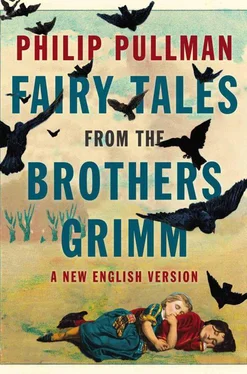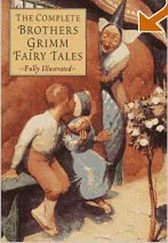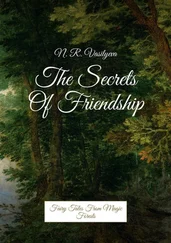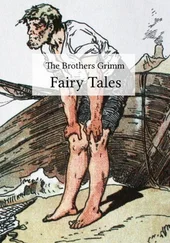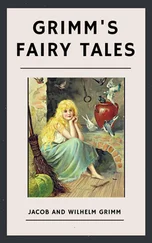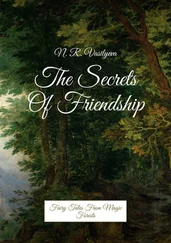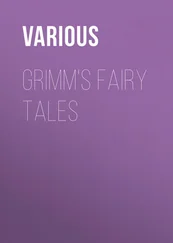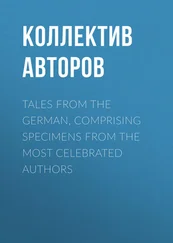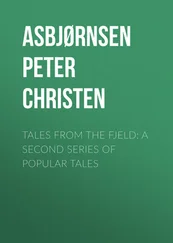
Fairy Tales From the Brothers Grimm
A New English Version
by Philip Pullman
Fed
Up so long and variously by
Our age’s fancy narrative concoctions,
I yearned for the kind of unseasoned telling found
In legends, fairy tales, a tone licked clean
Over the centuries by mild old tongues,
Grandam to cub, serene, anonymous.
… So my narrative
Wanted to be limpid, unfragmented;
My characters, conventional stock figures
Afflicted to a minimal degree
With personality and past experience —
A witch, a hermit, innocent young lovers,
The kinds of being we recall from Grimm,
Jung, Verdi, and the commedia dell’arte.
So writes the American poet James Merrill at the opening of ‘The Book of Ephraim’, the first part of his extraordinary long poem The Changing Light at Sandover (1982). Discussing the way in which he hopes to tell a story of his own, he singles out two of the most important characteristics of the fairy tale, as he sees it: the ‘serene, anonymous’ voice in which it’s told, and the ‘conventional, stock figures’ who inhabit it.
When Merrill mentions ‘Grimm’, he needs to say no more: we all know what he means. For most Western readers and writers in the past two hundred years, the Kinder- und Hausmärchen ( Children’s and Household Tales ) of the Brothers Grimm has been the fountain and origin of the Western fairy tale, the greatest collection, the most widely distributed in the largest number of languages, the home of all we feel to be unique in that kind of story.
But if the Grimm brothers hadn’t collected all those tales, no doubt someone else would have done. Others were already doing something similar, in fact. The early nineteenth century was a time of great intellectual excitement in Germany, a time when scholars of law, of history, of language were examining and arguing about what it meant to be German in the first place, when there was no Germany as such but instead three hundred or so independent states — kingdoms, principalities, grand duchies, duchies, landgraviates, margraviates, electorates, bishoprics and so on, the fragmented detritus of the Holy Roman Empire.
The facts of the Grimm brothers’ lives are not remarkable. Jacob (1785–1863) and Wilhelm (1786–1859) were the eldest surviving sons of Philipp Wilhelm Grimm, a prosperous lawyer of Hanau in the principality of Hesse, and his wife Dorothea. They received a classical education and were brought up in the Reformed Calvinist Church. Clever, diligent and serious-minded, they aimed to follow their father into the legal profession, in which they would no doubt have distinguished themselves; but his sudden death in 1796 meant that the family, which now included six children, had to depend on the support of their mother’s relatives. Their aunt Henriette Zimmer, a lady-in-waiting at the prince’s court in Kassel, helped Jacob and Wilhelm to find places at the Lyzeum or high school, where they each graduated at the head of their class. But there was little money, and when they attended the University of Marburg they had to live very frugally.
At Marburg they fell under the influence of Professor Friedrich Carl von Savigny, whose idea that law grew naturally out of the language and history of a people and should not be arbitrarily applied from above turned the Grimms to the study of philology. Through von Savigny and his wife Kunigunde Brentano, they also made the acquaintance of the circle around her brother Clemens Brentano and Achim von Arnim, who married Brentano’s other sister, the writer Bettina. One of the preoccupations of this group was German folklore. Their enthusiasm for this subject resulted in von Arnim and Brentano’s Des Knaben Wunderhorn ( The Youth’s Magic Horn ), a collection of folk songs and folk poetry of all kinds, the first volume of which appeared in 1805 and immediately became popular.
The Grimm brothers were naturally interested in this, but not uncritically: Jacob wrote in a letter to Wilhelm in May 1809 of his disapproval of the way in which Brentano and von Arnim had treated their material, cutting and adding and modernizing and rewriting as they thought fit. Later, the Grimms (and Wilhelm in particular) would be criticized on much the same grounds for the way they treated their source material for the Kinder- und Hausmärchen .
At all events, the decision by the Grimm brothers to collect and publish fairy tales was not an isolated phenomenon, but part of a widespread preoccupation of the time.
The sources they depended on were both oral and literary. One thing they did not do was walk the countryside, seeking out peasants in their fields and cottages and taking down their stories word by word. Some of their tales were taken directly from literary sources; two of the finest, ‘The Fisherman and His Wife’ and ‘The Juniper Tree’, were sent to them in written form by the painter Philipp Otto Runge, and reproduced by the Grimms in the Low German dialect Runge wrote them in. Much of the rest came in oral form from people at various levels of the middle class, including family friends, one of whom, Dortchen Wild, the daughter of a pharmacist, Wilhelm Grimm eventually married. After two hundred years, it’s impossible to say how exact their transcriptions were, but the same is true of any collection of folk tales or songs before the age of tape recording. What matters is the vigour and zest of the versions they published.
The Grimm brothers went on to make great and lasting contributions to philology. Grimm’s Law, formulated by Jacob, describes certain sound-changes in the history of Germanic languages; and the brothers together worked on the first great German dictionary. In 1837 came what was probably the most dramatic incident in their lives; together with five other university colleagues, they refused to take an oath of allegiance to the new king of Hanover, Ernst August, because he had illegally dissolved the constitution. As a result they were dismissed from their university posts, and had to take up appointments at the University of Berlin.
But it was the Kinder- und Hausmärchen for which their names are mostly remembered. Their first edition was published in 1812, and the collection went through six further editions (Wilhelm, by this stage, doing most of the editorial work) till the seventh and final one of 1857, by which time it was immensely popular. It shares its eminence only with The Arabian Nights : the two of them are the most important and influential collections of folk tales ever published. Not only did the collection grow bigger, the tales themselves changed as the nineteenth century went past, becoming in Wilhelm’s hands a little longer, in some cases more elaborate, occasionally more prudish, certainly more pious than they were to begin with.
Scholars of literature and folklore, of cultural and political history, theorists of a Freudian, Jungian, Christian, Marxist, structuralist, post-structuralist, feminist, postmodernist and every other kind of tendency have found immense riches for their study in these 210 tales. Some of the books and essays I’ve found most useful and interesting are listed in the Bibliography, and no doubt they and others have influenced my reading and retelling in ways I’m not conscious of.
But my main interest has always been in how the tales worked as stories . All I set out to do in this book was tell the best and most interesting of them, clearing out of the way anything that would prevent them from running freely. I didn’t want to put them in modern settings, or produce personal interpretations or compose poetic variations on the originals; I just wanted to produce a version that was as clear as water. My guiding question has been: ‘How would I tell this story myself, if I’d heard it told by someone else and wanted to pass it on?’ Any changes I’ve made have been for the purpose of helping the story emerge more naturally in my voice. If, as happened occasionally, I thought an improvement was possible, I’ve either made a small change or two in the text itself or suggested a larger one in the note that follows the story. (An example of this happens with the story ‘Thousandfurs’, which seems to me only half finished in the original.)
Читать дальше
